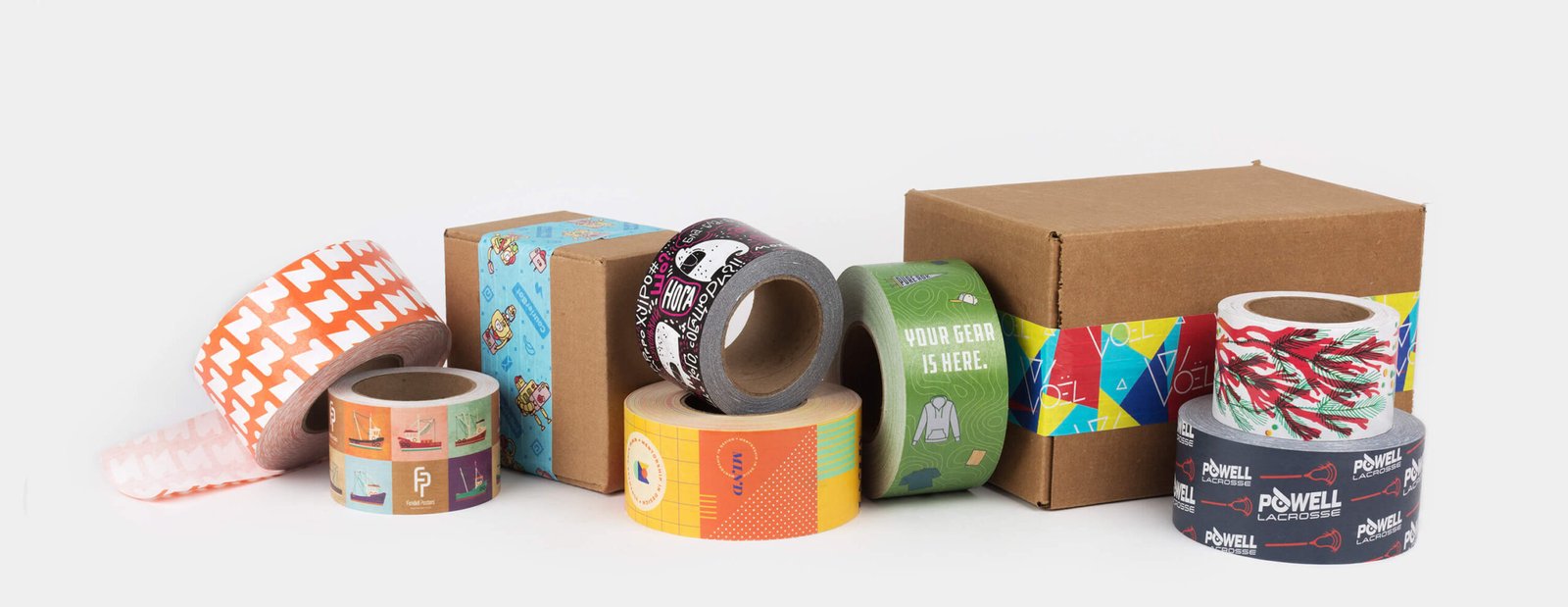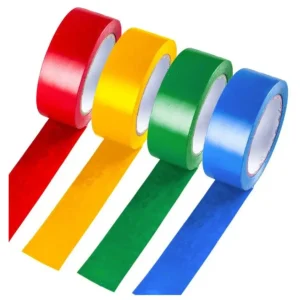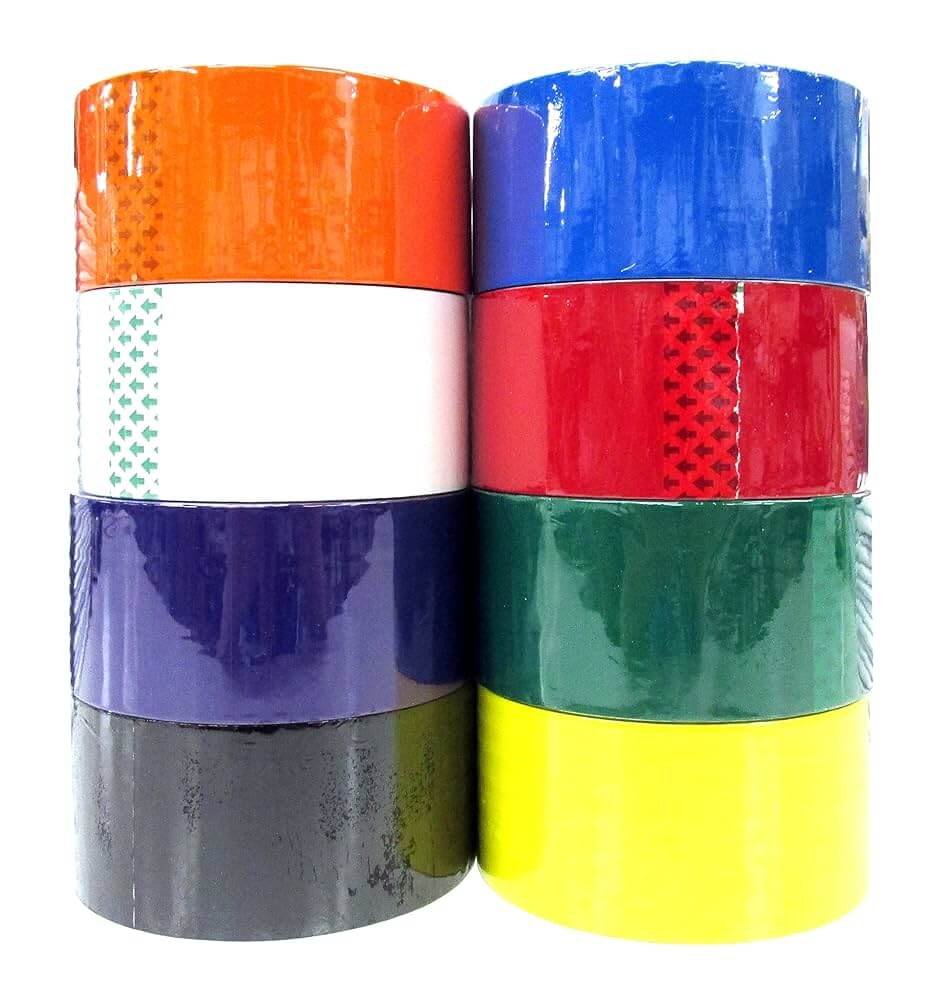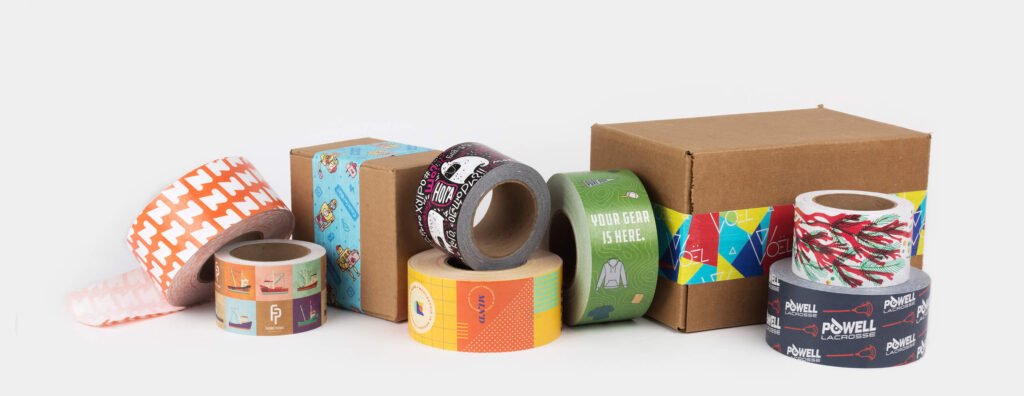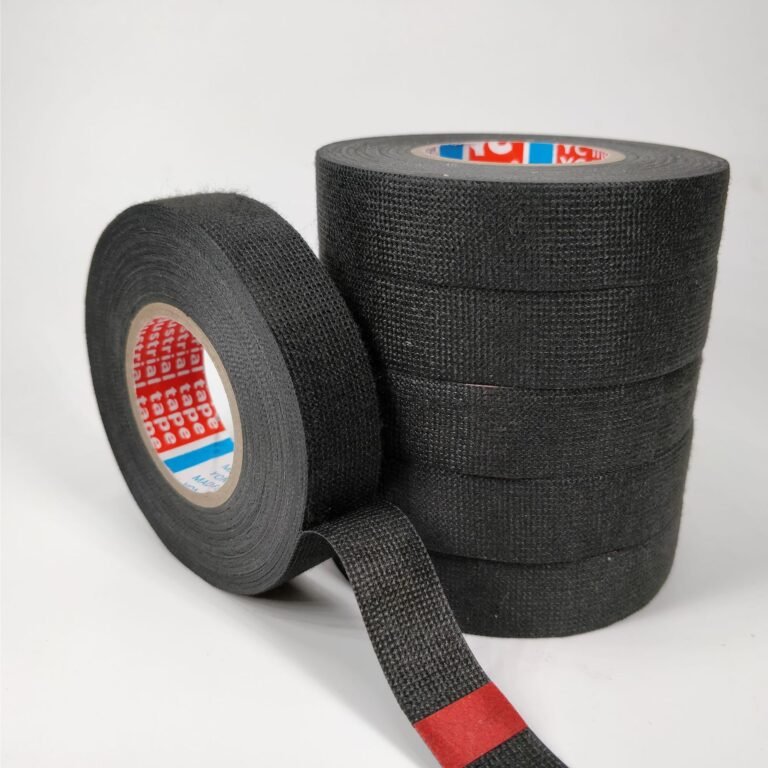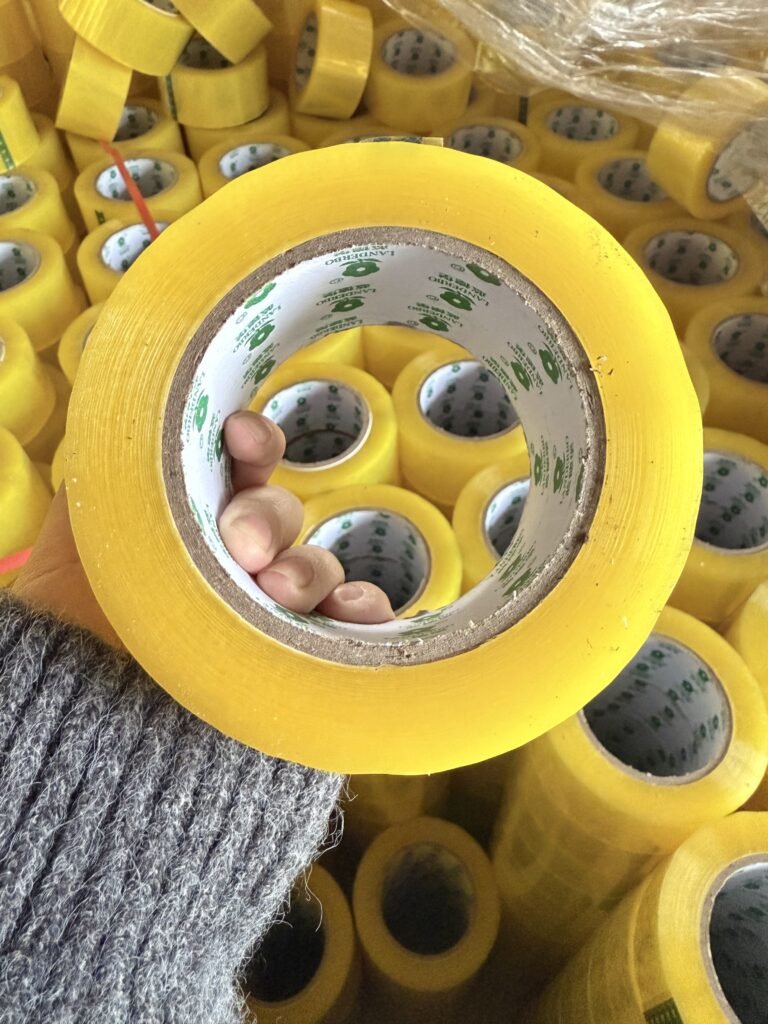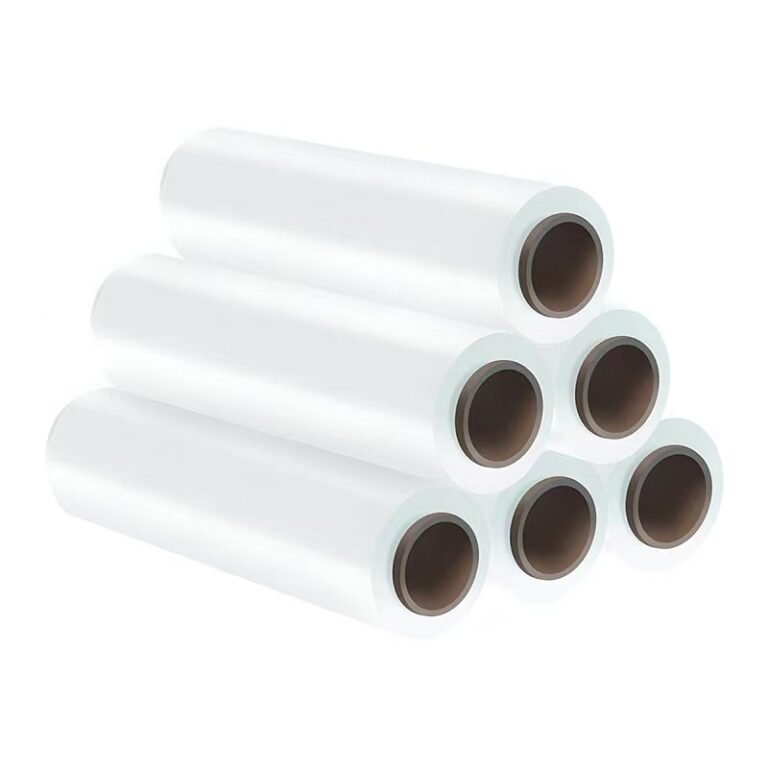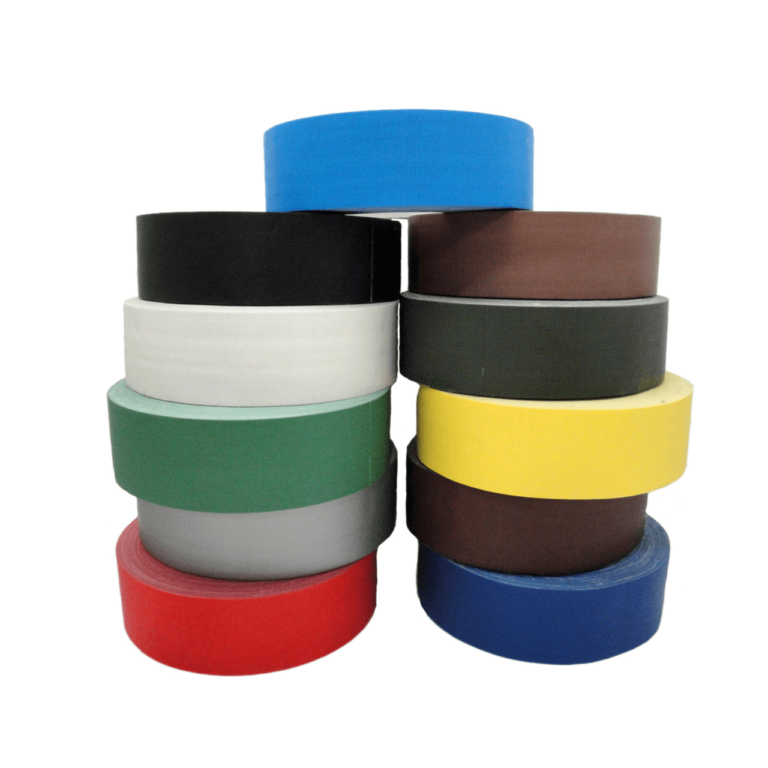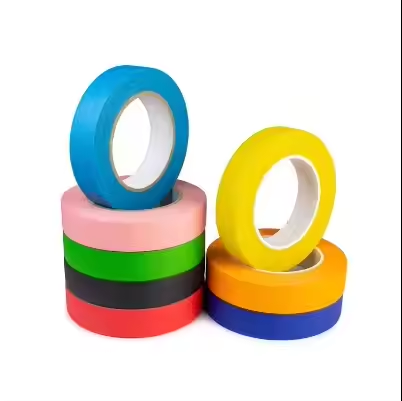Colored Packing Tape vs Shipping Tape: Key Differences and the Benefits of Customized Packaging Solutions
In the dynamic realm of packaging and shipping, the selection of appropriate materials is crucial for ensuring the safety and presentation of goods. Among these materials, colored packing tape has emerged as a favored option, combining functionality with aesthetic appeal. However, confusion often arises regarding the differences between packing tape and shipping tape. This article aims to clarify these distinctions and delve into the unique benefits that colored packing tape brings to the table.
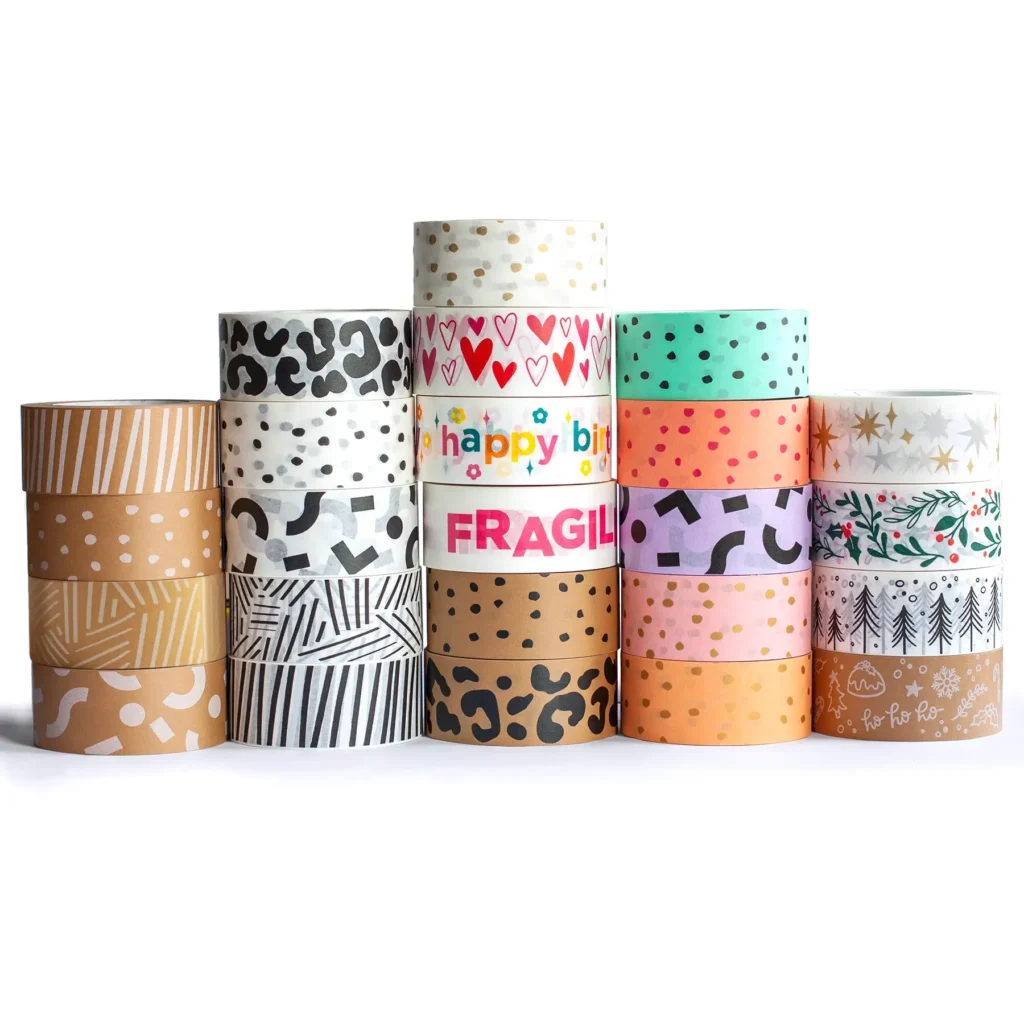
I. Understanding Packing Tape
Packing tape, a specialized adhesive tape, serves the primary purpose of sealing boxes and packages. Crafted predominantly from plastic materials like polypropylene or polyester, it is coated with a robust adhesive to secure a tight and reliable seal. Available in diverse widths and lengths, packing tape caters to a wide range of packaging requirements.
One of the most notable features of packing tape is its customizability. Colored packing tape, in particular, provides an avenue for businesses and individuals to infuse a personalized element into their packaging. This customization is highly beneficial for branding, as companies can utilize colors that resonate with their brand identity. Moreover, it facilitates the organization and identification of packages, streamlining inventory management processes.
II. Unveiling Shipping Tape
Shipping tape is a more inclusive term that encompasses various types of tape utilized specifically for shipping. While packing tape is often part of the shipping tape category, it also includes other tapes designed to meet specific shipping needs. For example, certain shipping tapes are reinforced with fibers to enhance strength, making them suitable for heavy – duty packages. Others are engineered to endure extreme temperatures or moisture, ensuring package integrity throughout transit.
Durability and strength are the hallmarks of shipping tape. It is meticulously designed to withstand the harsh conditions of shipping, including rough handling and fluctuating environmental factors. Unlike packing tape, shipping tape is predominantly available in clear or brown colors, with functionality taking precedence over visual appeal.
III. Key Differentiators between Packing Tape and Shipping Tape
3.1 Material and Strength
Packing tape typically consists of thinner materials, making it suitable for light to medium – weight packages. It is well – adapted for everyday packing and sealing tasks. In contrast, shipping tape is often constructed from thicker and more durable materials, enabling it to support heavier loads and endure the rigors of demanding shipping conditions.
3.2 Adhesive Properties
The adhesive on packing tape is sufficient for most common packing tasks, but it may not match the resilience of the adhesive on shipping tape. Shipping tape features a more robust adhesive that can withstand temperature variations and rough handling during transit, ensuring the package remains sealed.
3.3 Appearance
Packing tape stands out with its wide array of color options, offering opportunities for customization and branding. Colored packing tape not only improves the visual allure of packages but also aids in item organization. Conversely, shipping tape, with its focus on practicality, is usually limited to clear or brown, eschewing aesthetic considerations.
3.4 Intended Application
Packing tape is mainly used for sealing packages intended for storage or transportation, making it a popular choice for home use, small businesses, and e – commerce packaging. Shipping tape, on the other hand, is specifically engineered for the shipping process, guaranteeing that packages remain secure from origin to destination. It is commonly employed by shipping companies and warehouses.
IV. The Advantages of Colored Packing Tape
4.1 Branding Enhancement
Using colored packing tape that aligns with a brand’s color scheme can significantly boost brand visibility. It creates a consistent and professional look for packages, reinforcing brand recognition among customers.
4.2 Efficient Organization
Different colored tapes can be used to categorize packages, allowing for quick and easy identification of contents. This is especially valuable for businesses dealing with a diverse range of products or a high volume of orders.
4.3 Aesthetic Appeal
Colored packing tape adds an element of creativity and charm to packaging. It enhances the unboxing experience for customers, contributing to a positive brand image and customer satisfaction.
4.4 Improved Visibility
Vibrantly colored tape catches the eye, making packages more noticeable during shipping and handling. This increased visibility reduces the likelihood of packages being mislaid or overlooked.
V. Conclusion
In conclusion, although packing tape and shipping tape share the common goal of securing packages, they differ significantly in terms of material, strength, adhesive quality, appearance, and intended use. Packing tape, with its versatility and color options, is well – suited for personal and branding applications. Shipping tape, on the other hand, prioritizes durability and strength to meet the challenges of shipping.
Colored packing tape, in particular, offers a blend of practicality and aesthetics. It not only elevates the visual appeal of packages but also provides functional benefits in terms of organization and branding. Whether you are a small business aiming to enhance your packaging or an individual preparing for a move, a clear understanding of these differences will empower you to make the right choices for your packaging requirements.

